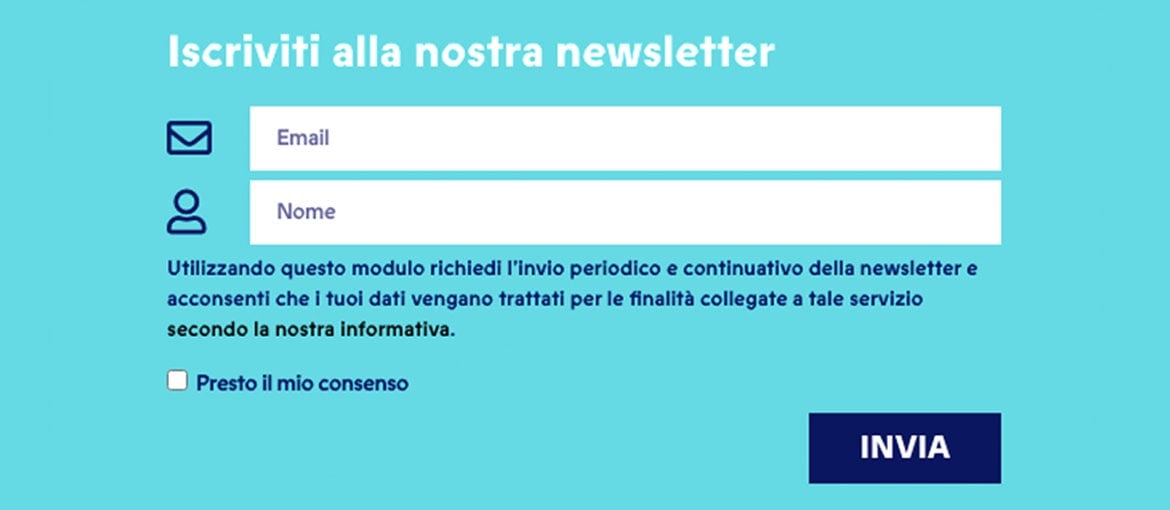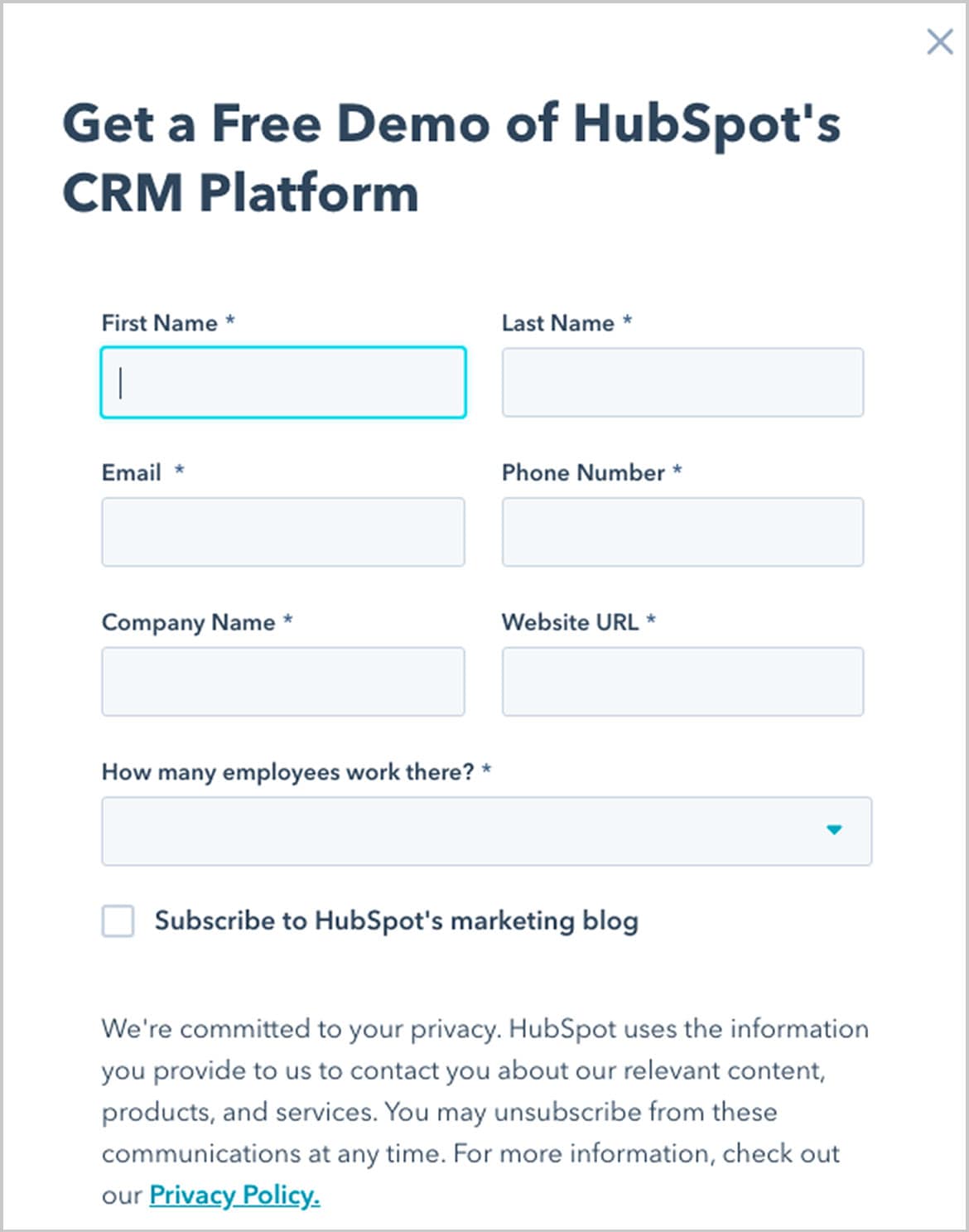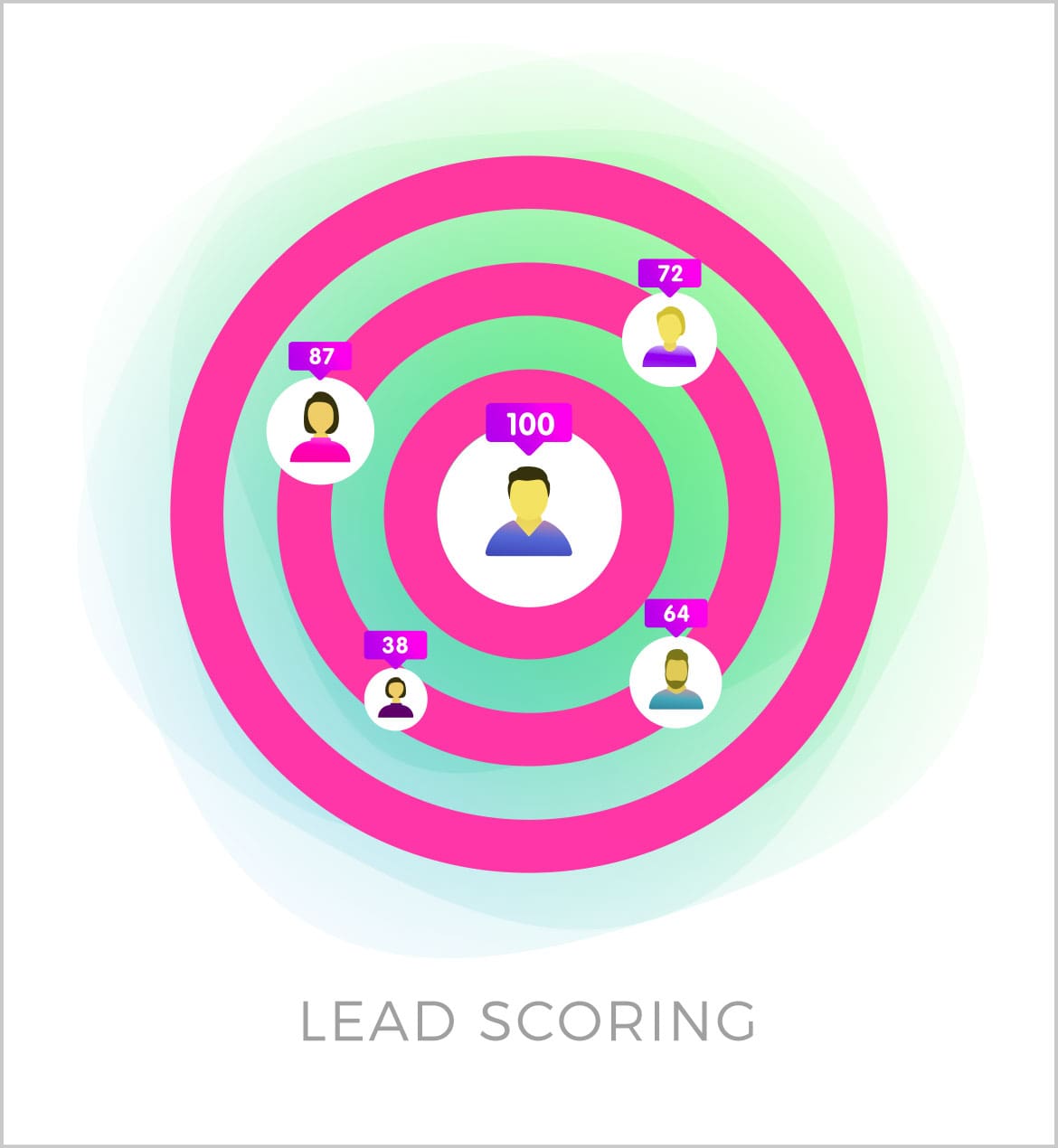Table of Contents
Lead generation is fundamental for businesses, so such so that some say it’s the lifeblood of a company. In this article, we look at what it is, what it’s for and how it’s done. And to dig a little deeper, we’ll also look at lead magnets and lead nurturing.
Lead generation: what it means and why it’s vital
Lead generation means implementing strategies for attracting potential customers who are interested in a firm’s products and services. To do so, the company needs to create free content that piques the interest and/or satisfies the needs of its target (like eBooks, webinars, reports, podcasts, tools etc.). Accessing this free content is simple: all people have to do is fill out a contact form (this should be short and clear so as not to put anyone off).

The focus of all this work is the “lead”: contact with a person who has shown an interest in the firm. Leads allow the firm to direct all their energy towards a specific target (someone interested in their products/services), and therefore more likely to be converted into a customer.
In a 2020 case study published by Forbes, Nikolas Kairinos, CEO and founder of Soffos.ai, said: “Lead generation is the lifeblood of a company, so it is a concern to see so many businesses struggling in this area. Our research shows there is an over-reliance on old methods of lead generation, which may have been the norm decades ago but are inadequate in today’s digital world. Businesses need to adapt to ensure they remain competitive and increase the number of leads that eventually convert into sales.”
What methods – old and new – are used for lead generation?
How to win new customers, online and offline
A lead generation strategy can include both online and offline actions for acquiring interested contacts (prospects).
How to generate leads offline
Lead generation is not a new marketing strategy: word of mouth, cold calling, TV and radio advertising, and trade events are all examples of lead generation. Yet they’re what Nikolas Kairinos would probably call “old”. But that doesn’t necessarily mean that they shouldn’t be considered: they can be included in a strategy that also includes online actions.
How to generate leads online
Lead generation has been revolutionised by the arrival of the internet, social networks and email marketing. Online it’s possible to generate lots of leads and data very quickly and, with these, create a database that can be used for strategic decision making. This “new way” of lead generation should be used by every business because it delivers great results. Let’s take a closer look.
Lead magnets: what they are and how to design them
The clue’s in the name: a lead magnet is something that potential customers are drawn to. A piece of original or free content created by the firm to attract prospects. So lead generation starts with the design of a lead magnet. But what types of content can you create? Well, lots:
- Guides and eBooks: original content in which, generously, you offer tips and best practice on subjects that are related to your business.
- Reports: as a company, you may have gathered a lot of data over the years. Through reports, you can tell people interested in your world about industry trends.
- Courses, webinars, tutorials, podcasts: by addressing topics related to your line of business, you can provide useful content that meets the needs of your target.
- Free tools and demos: firms that produce tools often provide free versions alongside their paid offerings. They can also generate qualified leads through demos of their products.

What do you need to create a lead magnet?
First of all, it’s essential to study the characteristics of the product/service you want to focus on, so you can create relevant content to offer prospects. Then, of course, who have to carefully study the target, because your lead magnet must solve a problem or satisfy the need of your buyer personas (the people potentially interested in purchasing your product or service). These are the prerequisites for ensuring that the content exerts a “magnetic” force of attraction. Otherwise, it makes no sense to invest time and energy in producing something that isn’t well targeted. Remember: poorly targeted content = not very interesting content.

Once you’ve created your lead magnet, you’ll need a landing page to present it (or even a pop-up to add to your site) with a contact form to fill out to access the material. To make the most of your efforts, we also advise publicising it on your social media channels with organic or sponsored posts, as well as talking about it in your new newsletter (if you have one).

Leads acquired in this way are invaluable for your firm: they are people interested in your business to whom you can send personalised offers.
From lead to customer. What is lead nurturing?
The term lead nurturing describes any activity that helps you build a strong relationship with your leads by “nurturing” them with personalised content and offers. Indeed, it’s vital that your contact book never stays closed gathering dust.
How do you create a lead-nurturing strategy?
To build a relationship with potential customers, we need to give them personalised and targeted content. All the information that you manage to collect on your leads – profession, number of social media followers, email open rate, website actions, interactions with social media posts – can be used for “lead scoring”: this involves assigning a score to leads that tells you how interested they are in your firm, and therefore what type of content you should offer them. There are, of course, marketing automation platforms that can automatically assign a numerical value to behaviour data. So you wouldn’t have to do this yourself.

The most commonly used approach to lead nurturing is without doubt the creation of automated email flows that let you place each lead on a personalised pathway to conversion. By conversion we mean your lead buying your product or service as a result of you having nurtured them with the right targeted content. Email marketing is therefore a key tool, but by no means the only one. Indeed, multichannel approaches are the most effective. On average, we know that it takes five to ten contacts with a firm to convert a lead into a customer. So, the more a company can create opportunities for connecting with potential customers, the greater the likelihood of successfully converting them. You can learn more about multichannel strategies for lead nurturing in this LeadsBridge article. Over to you to experiment!



